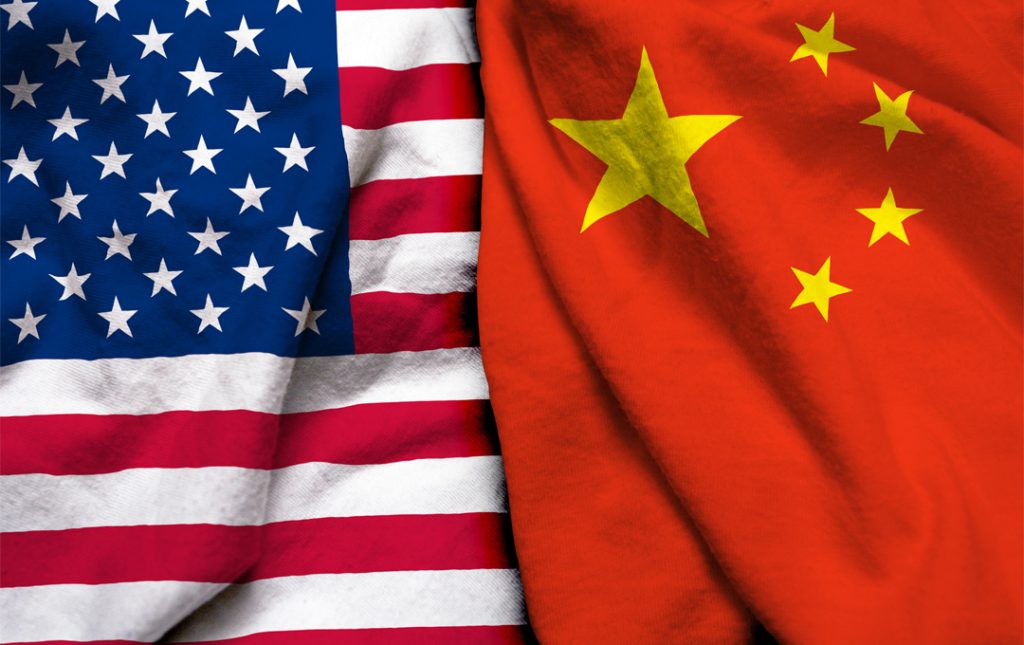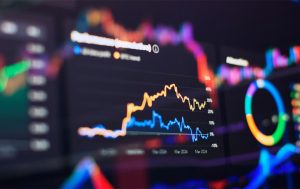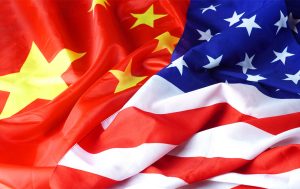Wall Street is increasingly struggling to decipher President Donald Trump’s erratic behavior as conflicting statements from the White House continue to drive confusion, whipsawing asset prices and shaking investor confidence.
On Tuesday, Trump again jolted the financial world—not with new policy, but with his words. Reports emerged that the President had privately discussed firing Federal Reserve Chair Jerome Powell, a move that would send shockwaves through central bank independence and market stability. But in typical fashion, Trump quickly denied the claim in a public statement:
“I never said I wanted to fire Powell. I just said we could do better.”
This rhetorical sleight-of-hand is emblematic of a broader pattern: sending shock signals to markets, then walking them back with vague reassurances. While legally firing the Fed Chair remains a gray area, the mere suggestion of it—followed by a hasty denial—has injected a new level of volatility into an already unstable macro backdrop.
Markets don’t trade on clarity anymore—they trade on contradiction.
A ‘China Deal’ with No Substance
Equally concerning is Trump’s renewed push to paint a rosy picture of U.S.-China trade negotiations—despite no tangible progress or formal agreement.
“We’re closer than ever. China is very reasonable now. We’ll have something soon,” Trump told reporters during a press briefing, fueling headlines of an imminent breakthrough.
However, senior officials from both governments confirmed that no framework has been finalized and no deadlines for further talks have been agreed upon. Behind the curtain, tensions remain high, especially as tariffs—both new and retaliatory—continue to weigh on trade flows, industrial sentiment, and global demand.
One U.S. official was quoted off-record as saying, “The President wants to be seen as making a deal, even when one doesn’t exist.”
A Market Addicted to Messaging
What we’re witnessing is no longer standard policy evolution—it’s performance. Trump’s media-first governance is pushing investors into a cycle of reaction, not rational analysis.
One day Powell’s job is at risk, the next he’s “fine.” One hour the China deal is “done,” the next we’re reminded there’s no written draft. These narrative shifts force investors to constantly reprice risk, even in the absence of material economic data.
Implications for Traders and Portfolio Strategy
Volatility remains elevated as market participants brace for headlines rather than fundamentals.
Fed independence is now a live geopolitical risk.
China trade talks should be discounted until actual terms are published.
Positioning around major news events must be nimble, not long-term biased.
Investors should consider hedging not only financial exposure but headline exposure, as the White House continues to drive markets by the word, not the deed.
Bottom Line: Until governance turns from spectacle to substance, the only constant in these markets will be the chaos. For now, traders must stay sharp, skeptical, and ready—because with every Trump headline comes a new wave of volatility.



